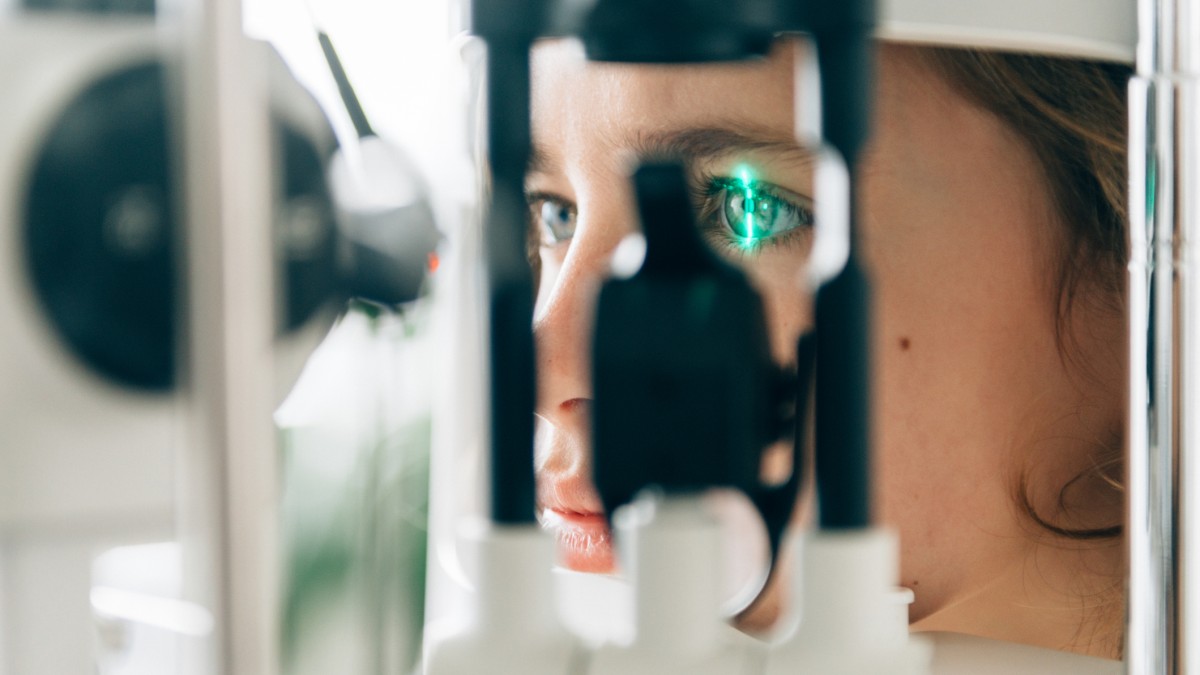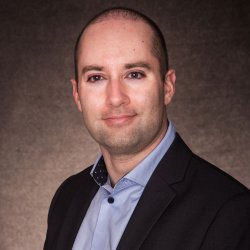Virtual retina could help unlock new treatments for vision loss
New computer modelling could help scientists better understand how the retina regenerates, opening the door to new treatments for vision loss, according to a study from the University of Surrey.

The first-of-its-kind model is capable of detailing how the retina – the light-sensitive layer at the back of the eye – can build its complex structure from just one type of stem cell, deepening our understanding of how sight develops and how its development could inform studies of injury or disease.
Using advanced agent-based modelling, the research team have simulated key stages of retinogenesis – the process by which identical progenitor cells diversify into the six types of neurons that make up the retina.
The model shows how simple genetic rules and subtle randomness work together to form the retina’s precise layered architecture, a structure essential for how we see.
The paper was presented at IWWBIO 2025 and published in Lecture Notes in Computer Science (LNCS).
The beauty of biology is that complex structures can emerge from simple rules. Our simulations show how genetically identical cells can, through intrinsic bias and chance, self-organise into the retina’s highly ordered layers – a pattern that underpins how we see the world.Cayla Harris, lead researcher from the University of Surrey's Nature Inspired Computing and Engineering Group
Using the BioDynaMo software platform, the team modelled virtual “cells” that grow, divide and make fate decisions based on internal gene-regulation logic, mimicking biological behaviour. They tested different network designs for how genes might interact when cells decide what kind of neuron to become.
Two particular designs – called the Reentry and Multidirectional models – reproduced real biological data most accurately, suggesting that retinal cells may make their fate decisions through overlapping and flexible genetic pathways, rather than a fixed sequence.
This approach could help researchers better understand not only healthy eye development but also what happens in retinal diseases and in regenerative research exploring how stem cells might rebuild tissue.
This research is supported by the Engineering and Physical Sciences Research Council (EPSRC).
We think that our research is a step forward in linking genetics, computation and developmental biology to understand one of the body’s most complex neural structures.Cayla Harris added
###
Notes to editors
- Cayla Harris is available for interview; please contact mediarelations@surrey.ac.uk.
- Images are available on request.
- The full paper can be found here: https://link.springer.com/chapter/10.1007/978-3-032-08452-1_6
Related sustainable development goals

Media Contacts
External Communications and PR team
Phone: +44 (0)1483 684380 / 688914 / 684378
Email: mediarelations@surrey.ac.uk
Out of hours: +44 (0)7773 479911
